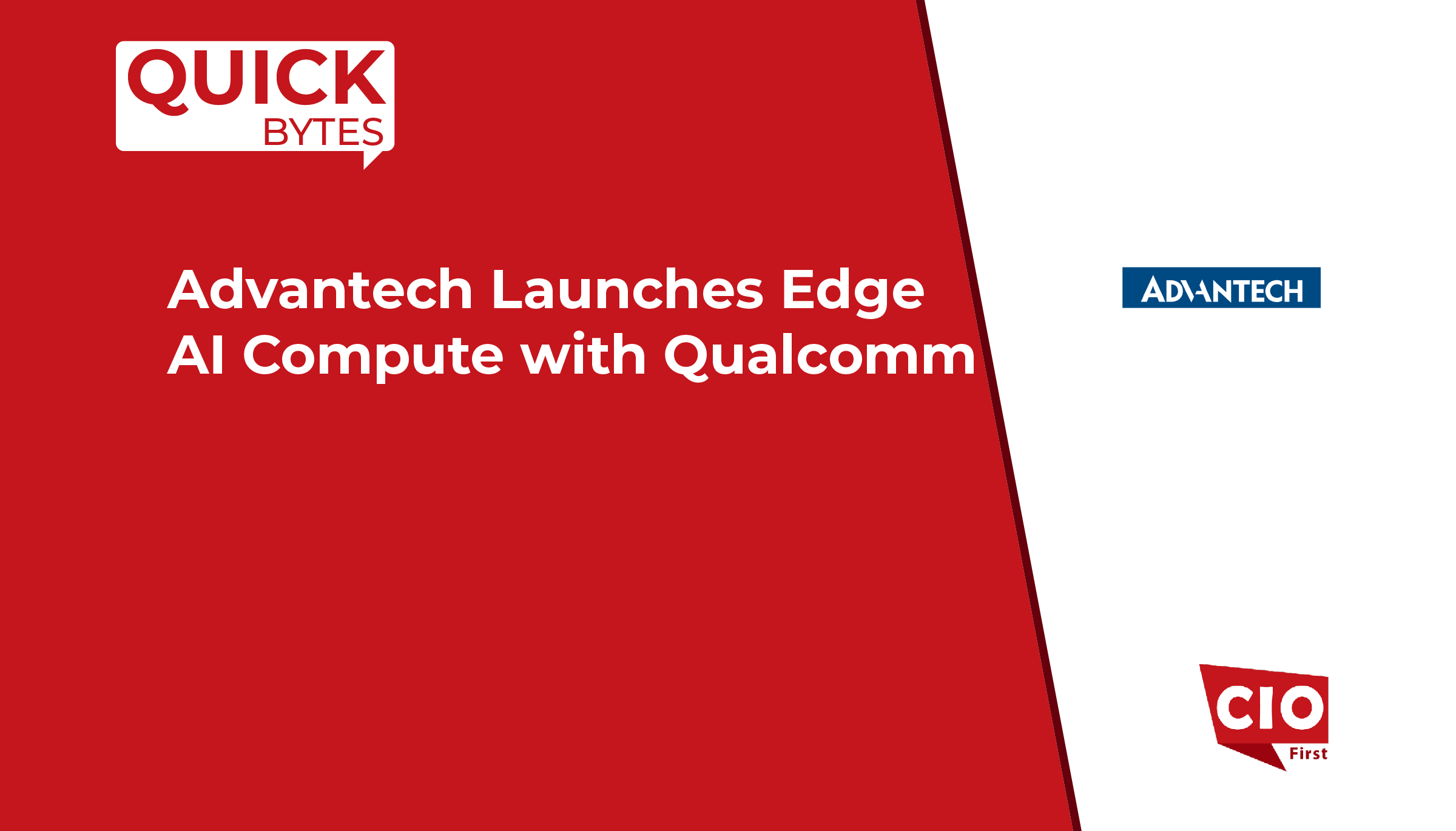MinIO, the leader in high-performance object storage for AI, announced the MinIO Enterprise Object Store. This new product facilitates the creation and management of exabyte-scale data infrastructure for commercial customers. Building on MinIO’s technical leadership in object storage, the MinIO Enterprise Object Store is expressly designed for the performance and scale challenges introduced by massive AI workloads.
This new product is available to new and existing MinIO customers. It carries a commercial license.
“The data infrastructure demands for AI are requiring enterprises to architect their systems for 10s of exabytes while delivering consistently high-performance and operational simplicity,” said AB Perisamy, co-founder and CEO at MinIO. “The MinIO Enterprise Object Store adds significant value for our commercial customers and enables them to more easily address the challenges associated with billions of objects, hundreds of thousands of cryptographic operations per object per second or querying an exabyte scale namespace. The defining feature of AI workloads is extraordinary scale and delivering performance at that scale is beyond the capability of most existing applications.”
The new features available in the MinIO Enterprise Object Store include:
Catalog: The MinIO Enterprise Catalog feature solves the problem of object storage namespace and metadata search. With the catalog feature, operators can index, organize and search a vast number of objects using the familiar and blazingly fast GraphQL interface. It allows administrators to know exactly what is going on with their data for any number of governance, audit, compliance or related tasks – all in real-time.
Data Firewall: Unlike traditional firewalls which are IP-based or application-oriented, the MinIO Enterprise Data Firewall is purpose-built for data and is aware of the AWS S3 traffic & SFTP traffic. Designed to protect the data layer even at billions of objects, it facilitates bucket and object-level rule creation. This includes TLS termination, load balancing, access control and QOS capabilities.
Key Management Server: The MinIO Enterprise Key Management Server is a highly available, operationally simple, KMS implementation optimized for massive data infrastructure. The MinIO KMS solves the specific performance, availability, fault-tolerance and security challenges associated with storing billions of cryptographic keys and hundreds of thousands of cryptographic operations per seconds. It supports multi-tenancy, enabling each tenant to be assigned its own enclave completely independent and isolated from all other enclaves on the KMS cluster.
Cache: The MinIO Enterprise Cache feature operates as a caching service that uses server DRAM memory to create a distributed shared cache for ultra-high AI performance workloads. Purpose-built for MinIO object storage, cache will work seamlessly once enabled or configured, there is nothing required of the application.
Observability: MinIO’s Enterprise Observability suite is a complete, data infrastructure-centric collection of metrics, audit logs, error logs and traces. This allows administrators to view all system components (OS, CPU, memory, drives, network) across every instance, cluster and erasure code set. Designed expressly for the Day 2 challenges associated with thousands of drives, NICs and CPUs, the observability suite facilitates rapid issue identification and root cause analysis.
Enterprise Console: The Enterprise Console serves as a single pane of glass for all the organization’s instances of MinIO including public clouds, private clouds, edge and colo instances as well as the launch point for the suite of enterprise features. This enables enterprise customers of MinIO to manage (deploy, configure, upgrade and monitor) large-scale, technologically and geographically diverse storage infrastructure from a single, intuitive location.
SOURCE: PRNewsWire

























